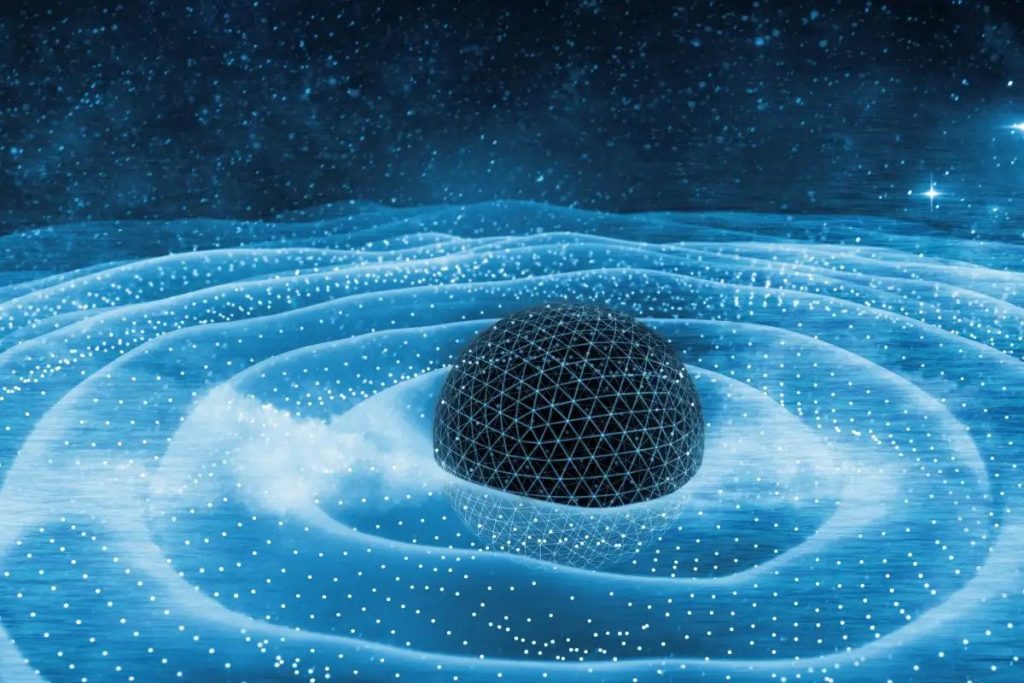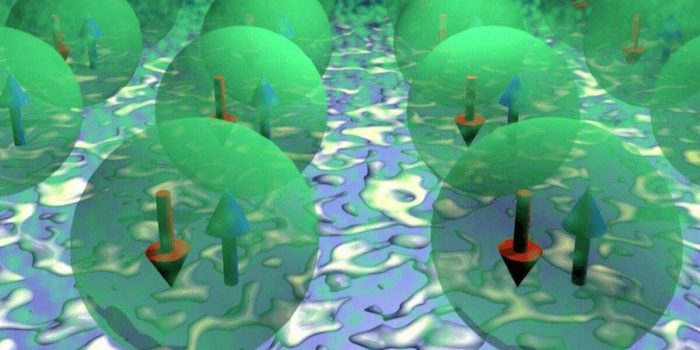For the very first time, scientists have been able to follow the actions of tiny particle-like things called triplons. These triplons are made when special electrons get tangled up together. They’re quite hard to study and don’t show up in normal magnetic materials. But now, researchers have found a way to see them using a special kind of measurement.
Imagine you have a toy that’s not a real person but acts like one when you play with it. Triplons are a bit like that – they’re not real particles, but they behave like particles when they’re formed during a special kind of interaction. In this case, two electrons become tangled together. These two electrons can either be tangled in a special way called a singlet state or another way called a triplet state. Triplons come from this second kind of tangle.

To create these triplons, the scientists used tiny molecules called cobalt-phthalocyanine. These molecules have a special electron on the highest-energy part of them. They put lots of these molecules really close together, which makes those special electrons interact. From the outside, it looks like these electrons are working together as a triplon.
“Using very simple molecular building blocks, we are able to engineer and probe this complex quantum magnet in a way that has never been done before, revealing phenomena not found in its independent parts,” study author Robert Drost, from Aalto University, said in a statement. ”While magnetic excitations in isolated atoms have long been observed using scanning tunneling spectroscopy, it has never been accomplished with propagating triplons.”
Normally, you can’t find these triplons in nature. So, the scientists had to create a special environment where they could exist and interact in a way that can be measured.

“Making these things is like cooking up a recipe. We have to put the right ingredients together to make something interesting. These materials are very complex. They give you very exciting physics, but the most exotic ones are also challenging to find and study. So, we are trying a different approach here by building an artificial material using individual components,” added study author Professor Peter Liljeroth, head of the Atomic Scale physics research group at Aalto University.
By arranging the cobalt-phthalocyanine molecules in a certain way, the scientists made something like a man-made material. They made it more and more complicated to see what these triplons could do. They found out that these triplons can move through groups of molecules, like ripples in a pond. And they were able to measure these ripples.
“We show that we can create an exotic quantum magnetic excitation in an artificial material. This strategy shows that we can rationally design material platforms that open up new possibilities in quantum technologies,” added study author Assistant Professor Jose Lado, also from Aalto University.


